This article is brought to you by Datawrapper, a data visualization tool for creating charts, maps, and tables. Learn more.
Data Vis Dispatch, November 7
The best of last week’s big and small data visualizations
Welcome back to the 117th edition of Data Vis Dispatch! Every week, we’ll be publishing a collection of the best small and large data visualizations we find, especially from news organizations — to celebrate data journalism, data visualization, simple charts, elaborate maps, and their creators.
Recurring topics this week include dots, bars, and the start of the #30DayMapChallenge!
The #30DayMapChallenge started on November 1! Here are a few maps that particularly caught our eye:
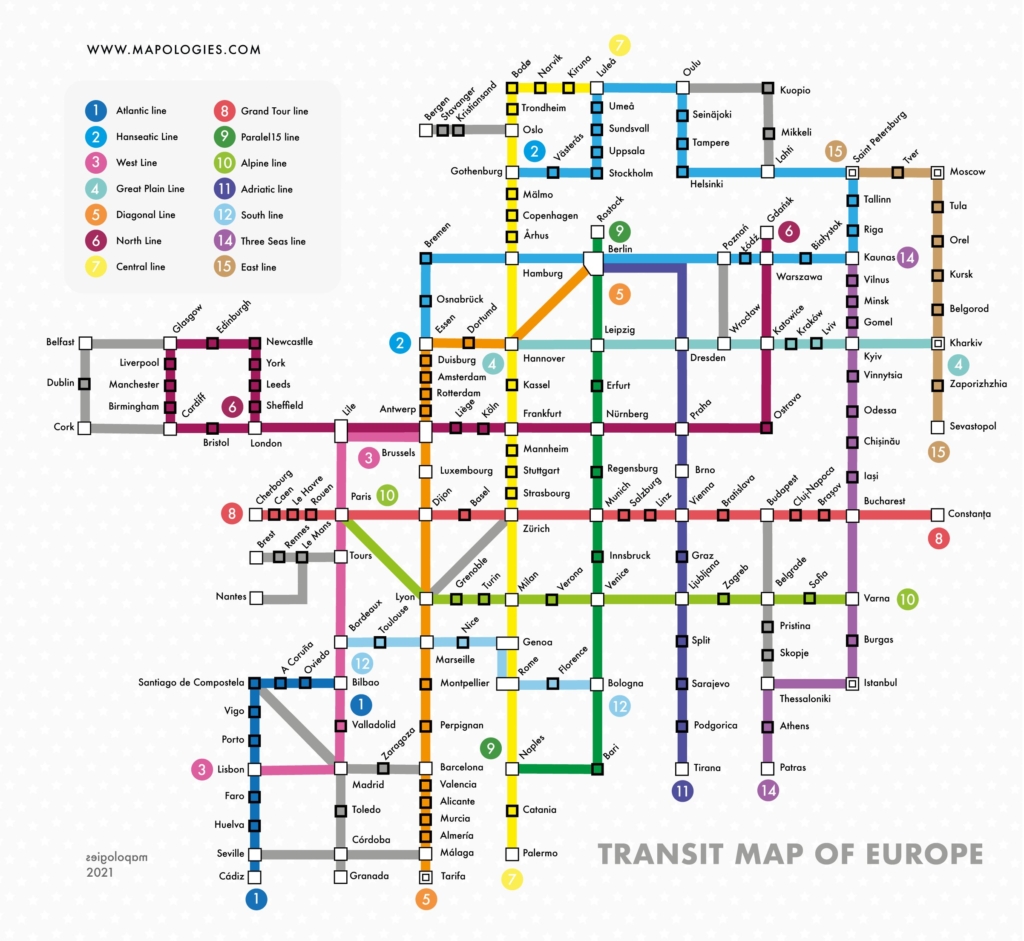

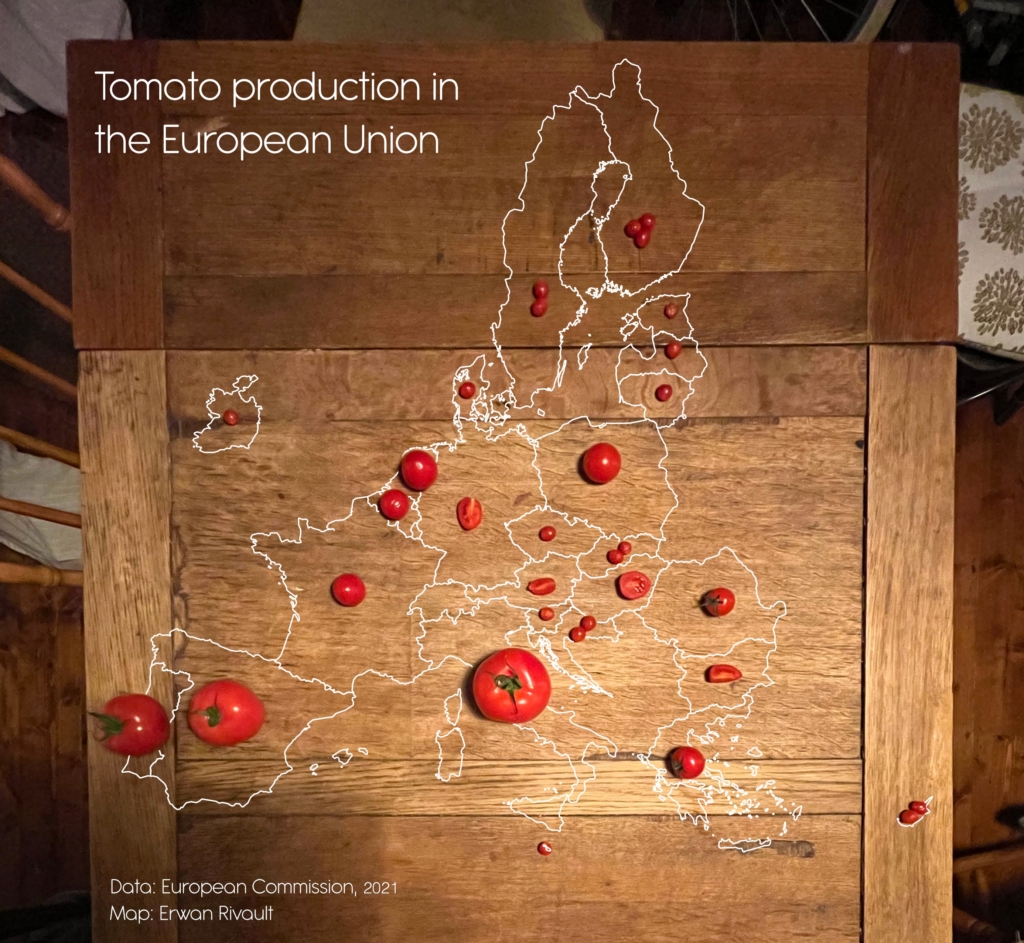
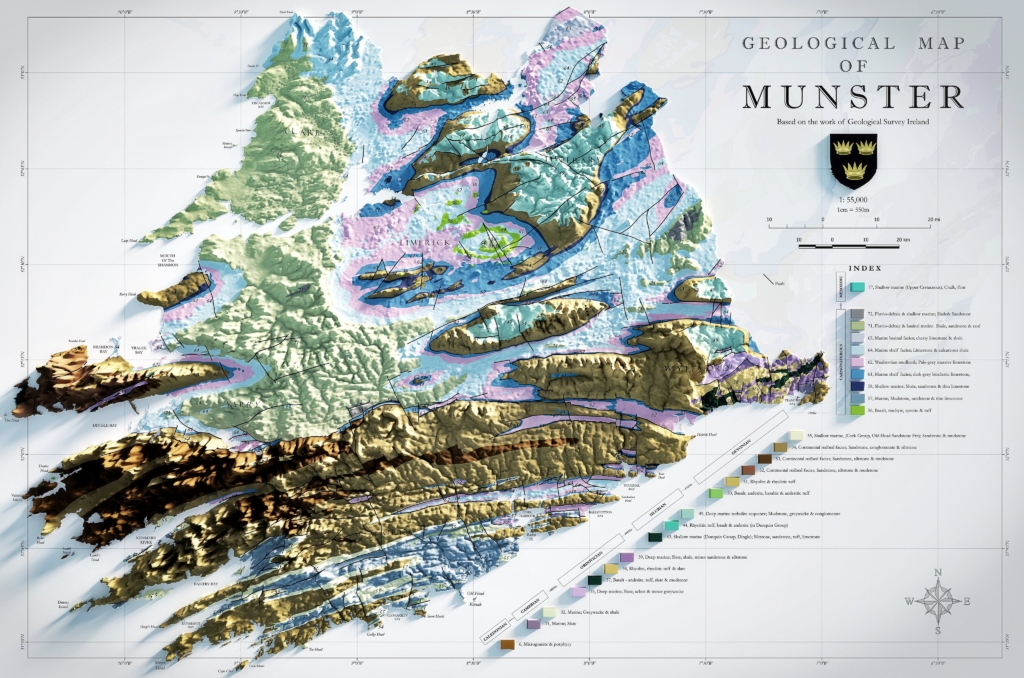

Now back to the hard topics: The Israel-Hamas war continues. This week, two animated maps provide a better understanding of the situation in Gaza:
We also noticed this visualization that focuses on the individuals killed in Gaza:
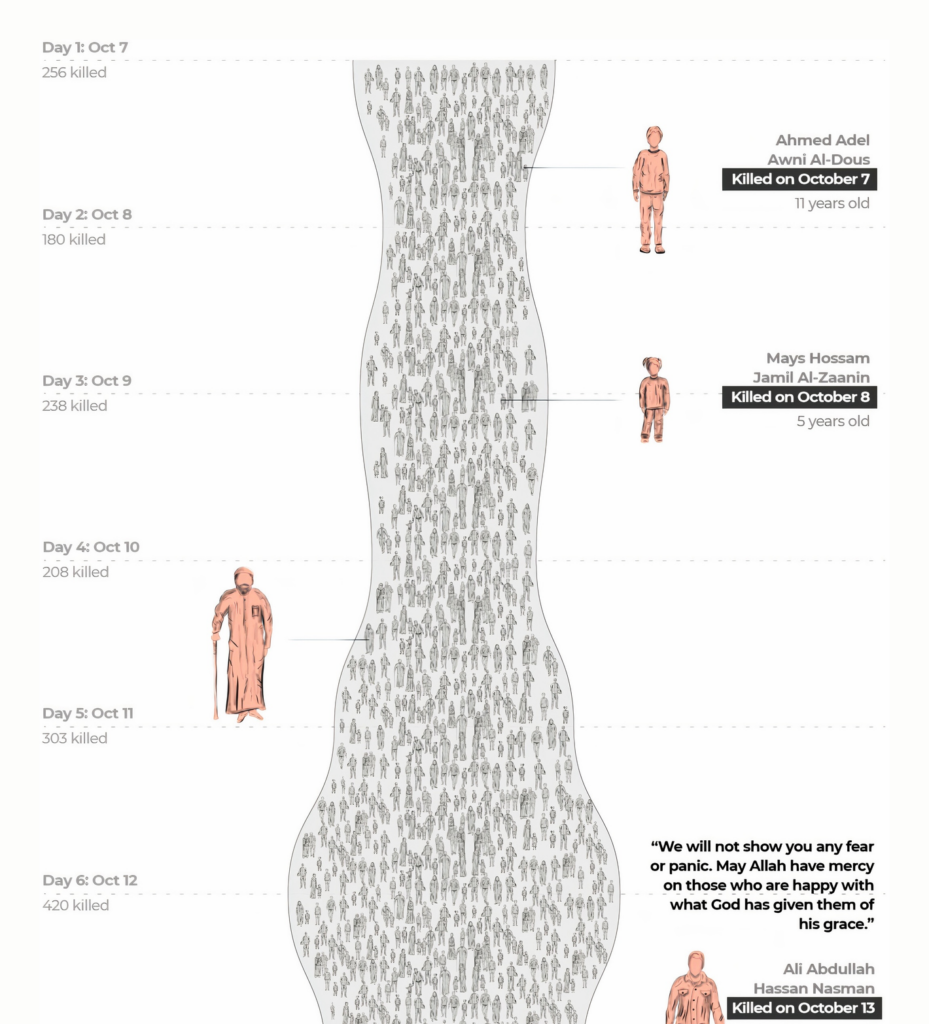
As the ground invasion has advanced into the Gaza Strip, several maps depicted Israeli troop positions:



What do people around the world think about the Israeli-Palestinian conflict? The Economist team compared views on social media to what pollsters have found:
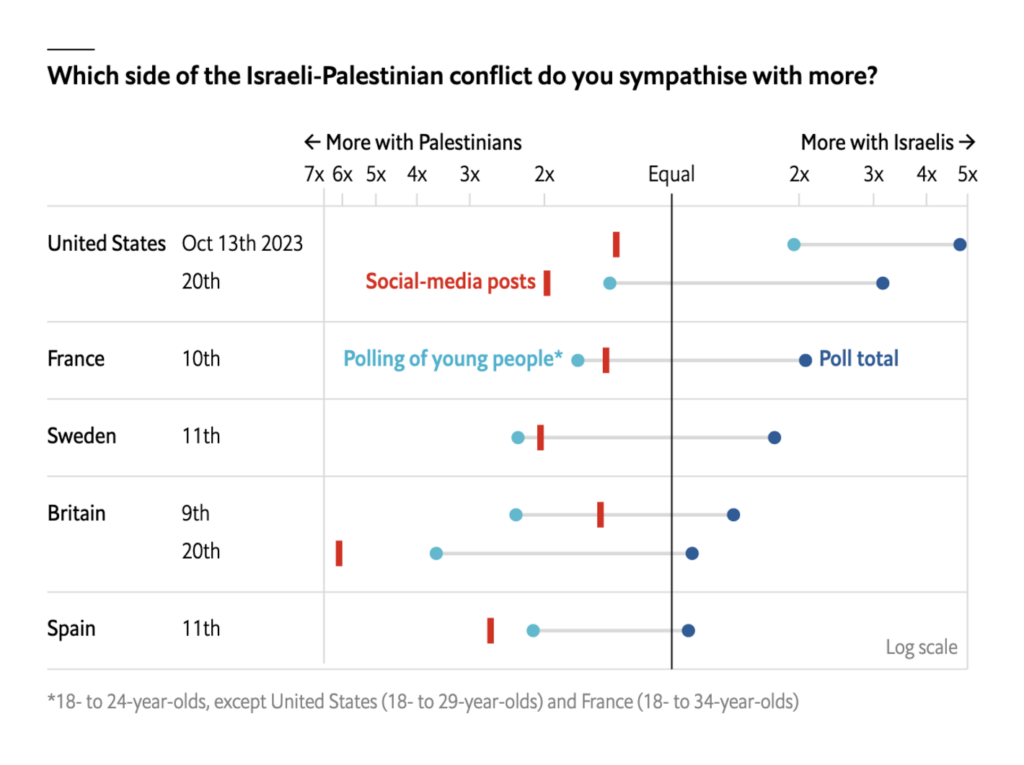
But this isn’t the only conflict situation taking place. We also saw visualizations with an eye on China’s military exercises and Taiwan:

In the world of energy, we encountered two visualizations dealing with fossil fuels:
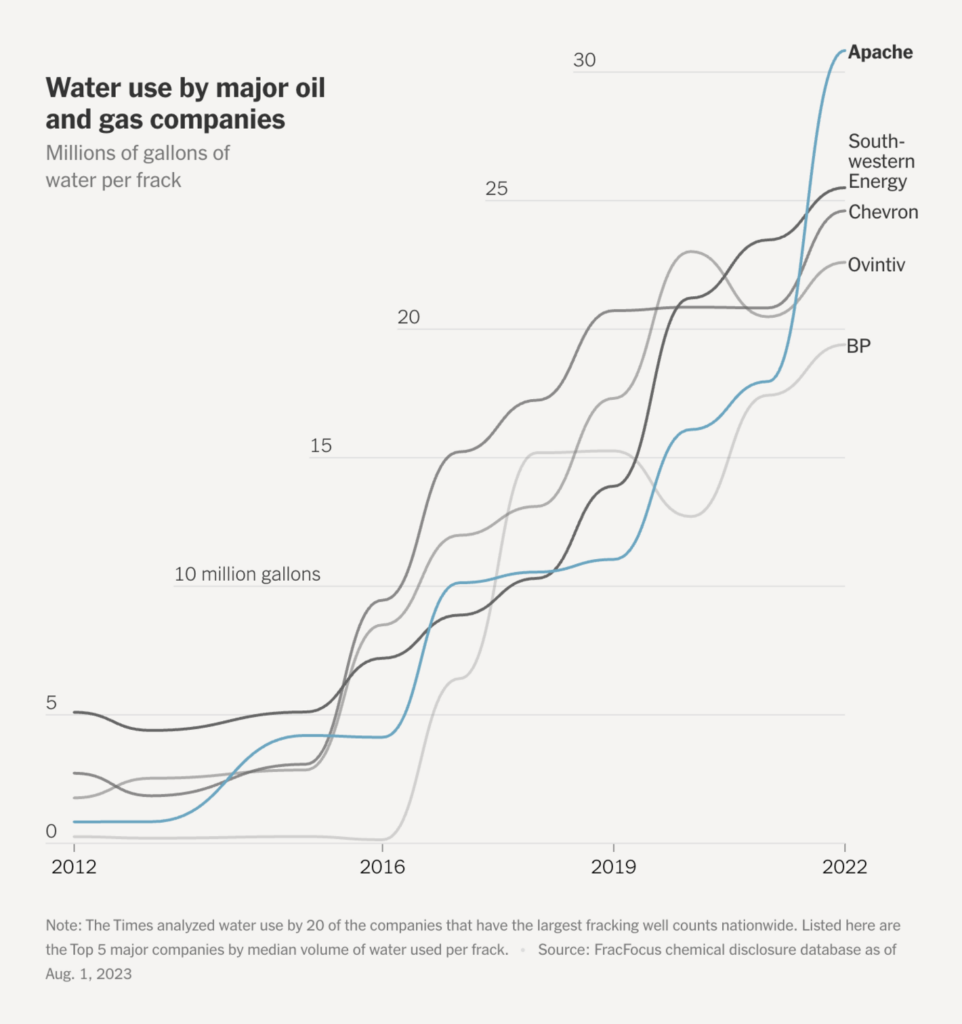
Jumping from fossil fuels to climate change is easy: Three visualizations this week tell stories about extreme weather situations (and about rich people in Florida who actually manage to benefit from them):

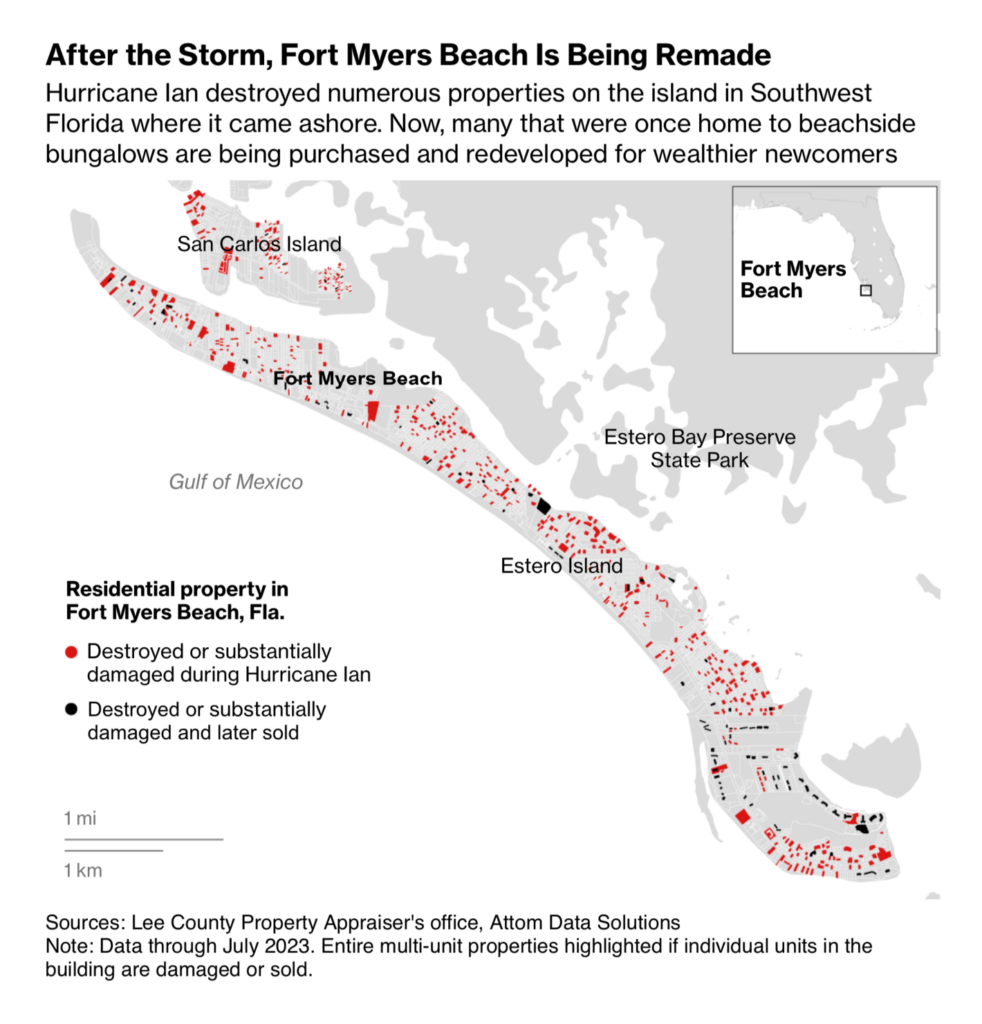
Let’s zoom in a little further on the financial topics. This week’s visualizations have proven how helpful circle encodings are in illustrating everything from corporate profits to employee salaries to development aid budgets:

We’ve talked about circle encodings… Next cluster: bar charts:


Next we have three creative visualizations of decrease and increase over time. Apparently, drugs and space junk are increasing (bad), but oyster harvesting is decreasing (good — for the oysters):

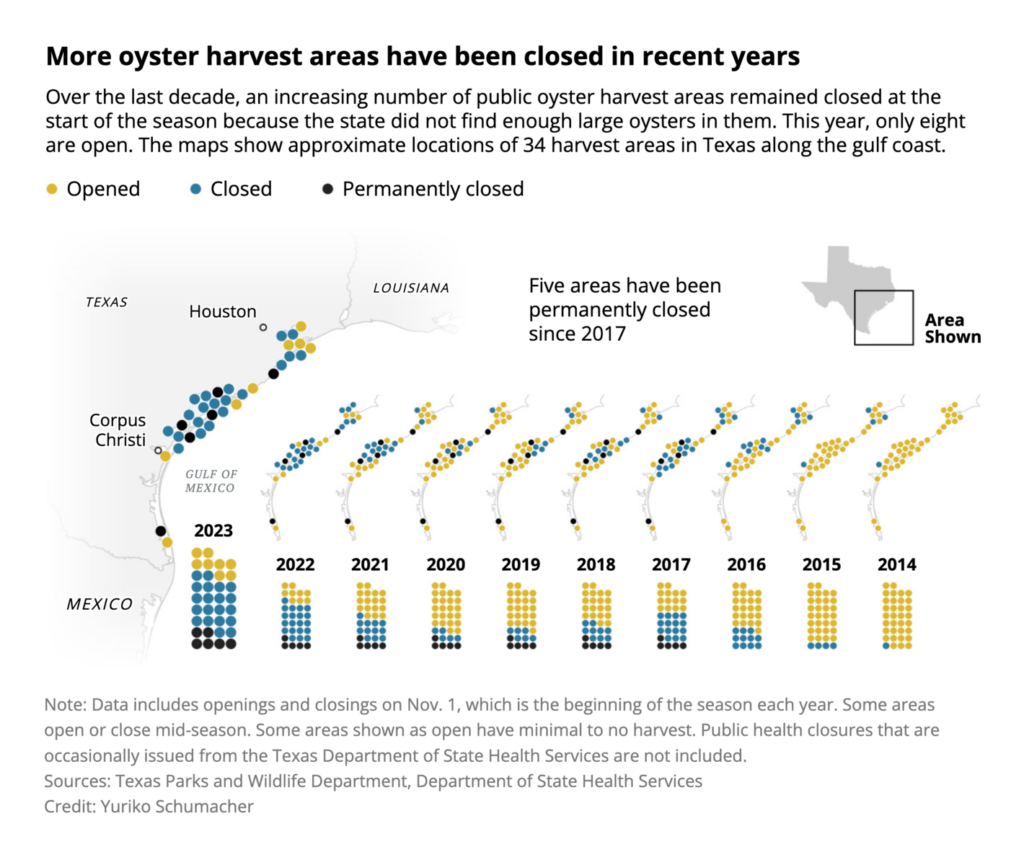
Last but not least, we find everything from granular election research to abortion in Brazil to “Should I really be putting so much money into my skincare routine?”:

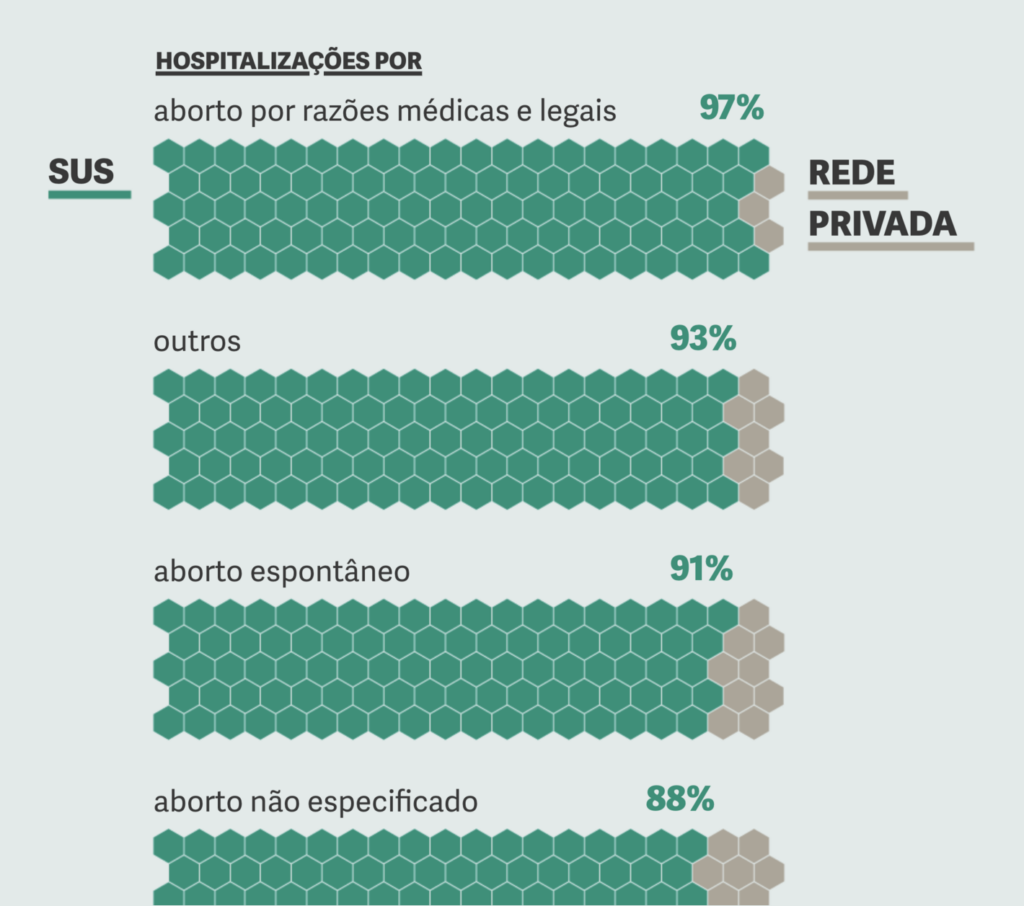
What else we found interesting

Applications are open for…
- A graphics fellowship at The New York Times
- An editorial traineeship at Zeit Online
- And still: a maps working student at Datawrapper ✨
Help us make this dispatch better! We’d love to hear which newsletters, blogs, or social media accounts we need to follow to learn about interesting projects, especially from less-covered parts of the world (Asia, South America, Africa). Write us at hello@datawrapper.de or leave a comment below.
Want the Dispatch in your inbox every Tuesday? Sign up for our Blog Update newsletter!




Comments